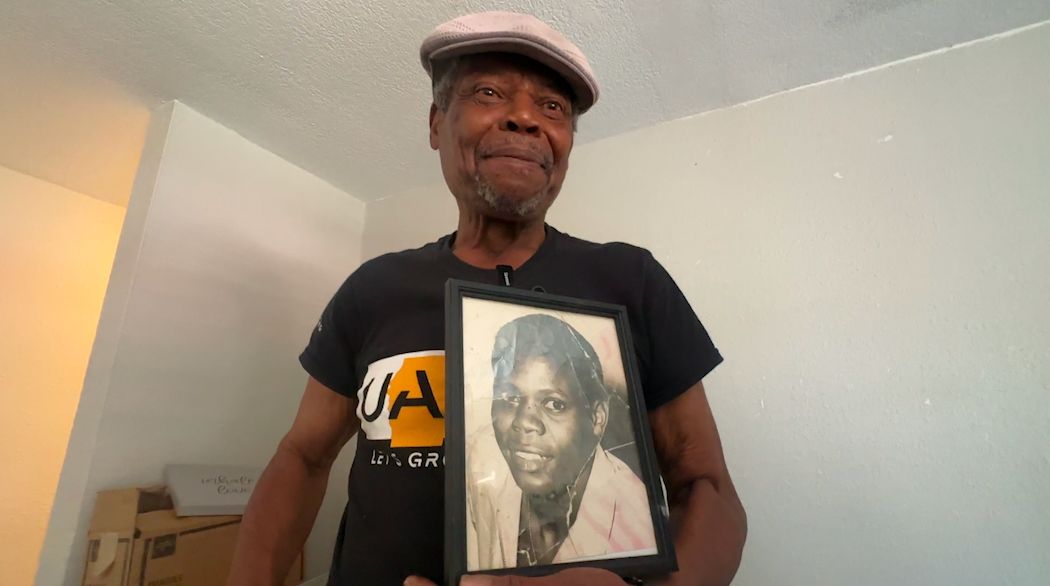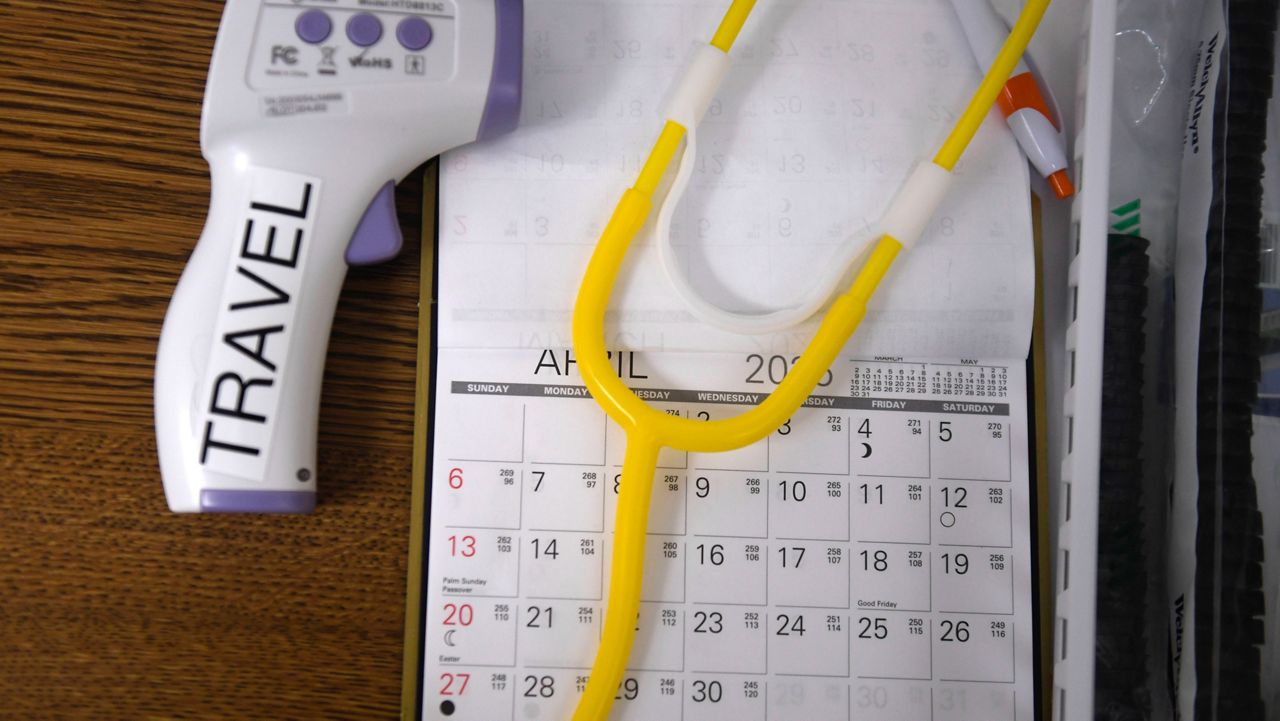TAMPA, Fla. — September is National Sickle Cell Awareness Month and Hispanic Heritage Month. While many people may not associate sickle cell disease (SCD) with the Hispanic community, advocates emphasize its significant prevalence. They hope that increased education will lead to saving more lives.
What You Need To Know
- Sickle cells disease (SCD) is when red blood cells become rigid and deform into a crescent or sickle shape
- Sickled cells die early and often become lodged in small blood vessels, restricting blood flow, which can lead to serious health problems throughout the body
- SCD affects about 100,000 people in the United States; more than 90% are non-Hispanic Black or African American, and an estimated 3%–9% are Hispanic or Latino
- The estimated life expectancy of those with SCD in the United States is more than 20 years shorter than the average expected
Doris Polanco is living with a disease that often catches people off guard. “The technical name is células falciformes which basically means cells that are deformed,” she explained.
That's how it's referred to in her family’s home country, the Dominican Republic. In the U.S., it’s known as sickle cell disease.
“I was diagnosed three months after being born. At first, they didn’t know what I had,” Polanco said.
According to the Centers for Disease Control and Prevention(CDC), the disease affects about 100,000 people in the U.S. and more than 90% are Black. Polanco is part of that 3% - 9% of patients that are Hispanic or Latino.
“I’ve been told that so many times in the emergency room actually from young to adulthood, ‘You can’t have sickle cell, you’re not Black.’ I’m like, ‘Well actually, there’s a big population of us from Spain. I have friends with sickle cell from Greece. I have friends from India,’” Polanco said.
Polanco said her treatment in hospitals is often affected by bias or a lack of understanding about the disease.
“I run into a lot of health care professionals who say, ‘Well, you look fine.’ When I go to the hospital, it’s because I’ve tried numerous things in my house. Whether it be the hydration, my opioid medication,” she said.
Understanding these challenges and the misinformation surrounding those affected is one of the reasons Dr. Jawan Ayer established the Florida Sickle Cell Center in Tampa.
“Sickle cell is a genetic disease and so anyone can carry the genes for sickle cell. In order to get sickle cell, you have to have an abnormal gene from your mom and your dad,” Ayers said.
She plans to continue to emphasize the need for sickle cell disease education is key to the health of those living with it, no matter their race. She said it’s important to start with the basics.
“There’s definitely a stigma with sickle cell where some people assume that people with sickle cell are drug addicts or drug seeking. And so if you have someone who doesn’t look like they have sickle cell and their labs don’t look like sickle cell, they don’t fit your mold, there’s an assumption one of those things are going on,” Dr. Ayers said. “In this city we see a lot of people who are Puerto Rican, we see people who are Mexican with sickle cell in addition to people who are African American. And on the west coast you see a lot of Asians even with sickle cell.”
That’s the kind of information Polanco consistently shares within her community. She hopes that individuals living with the disease can find the best treatment or even a cure. Most importantly, she wants everyone to recognize sickle cell — regardless of its translation — as a disease that deserves widespread awareness.










